Dixon Gallery and Gardens, Memphis
(now through May 9, 2021)
(June 11–September 5, 2021)
Brandywine River Museum of Art, Chadds Ford, PA
(October 9, 2021–January 9, 2022)
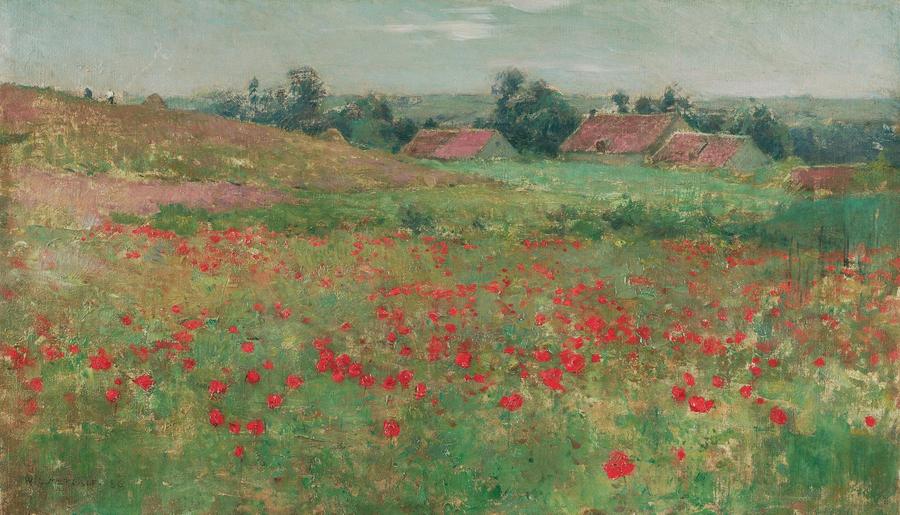
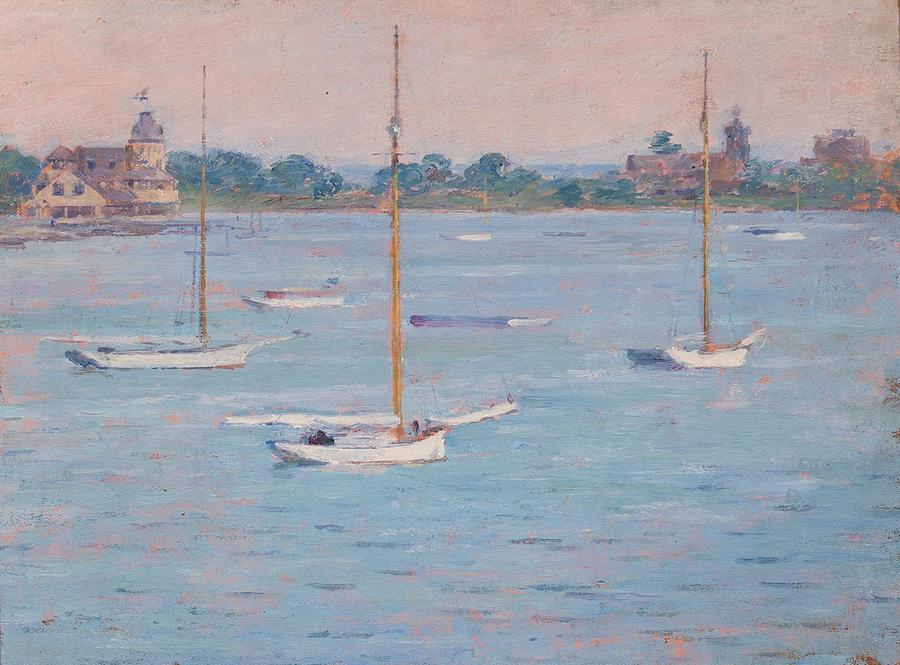
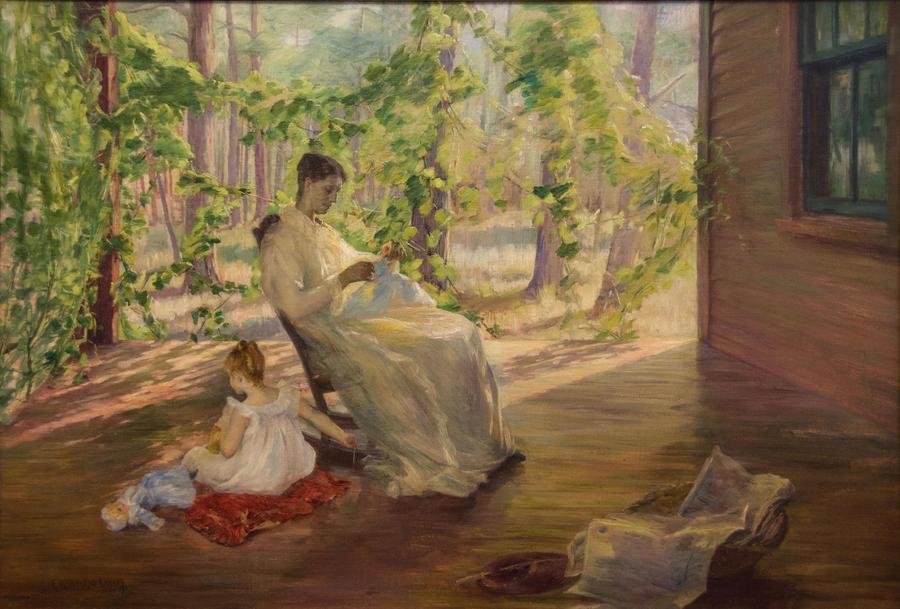
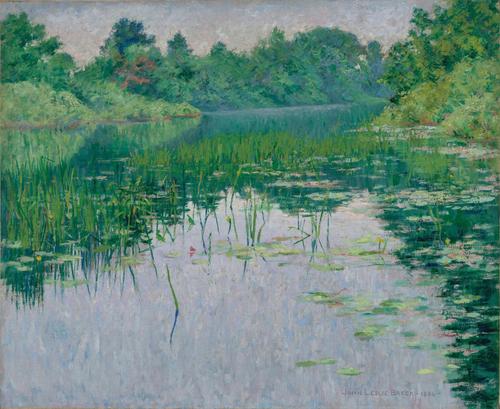
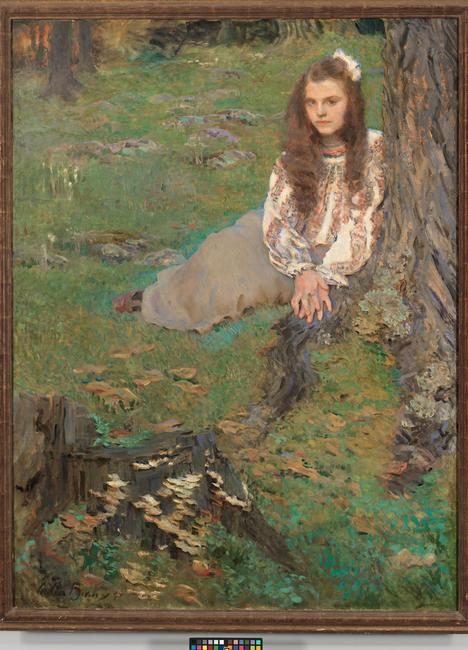
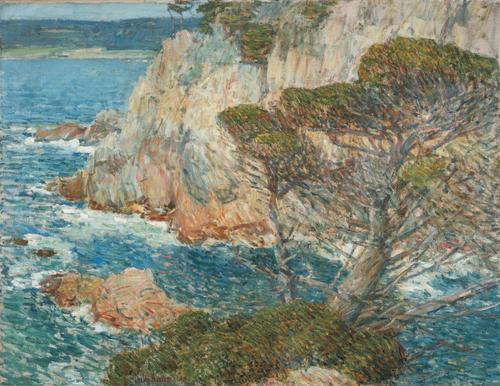
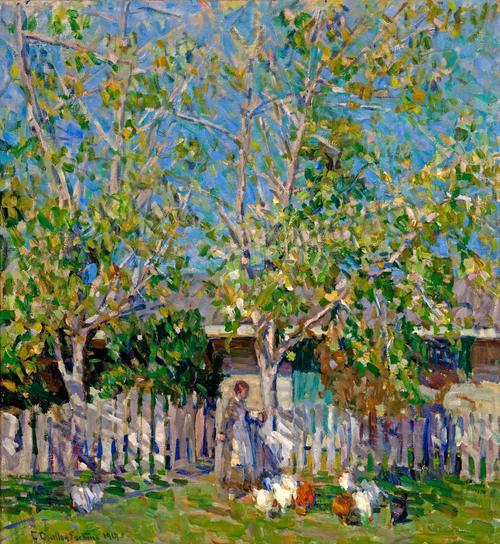
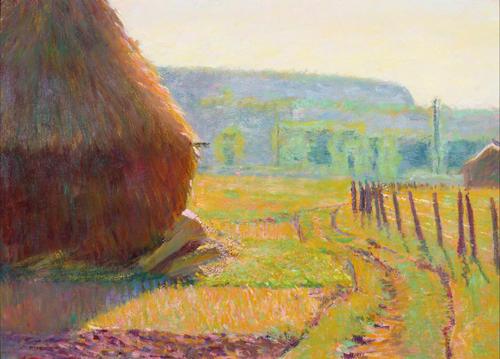
America’s Impressionism: Echoes of a Revolution is a major new traveling exhibition that explores the development of Impressionism in the United States. While Impressionism made its public debut in Paris with a shocking exhibition in 1874, the style did not fully take hold in America until more than a decade later, after a major exhibition of French works in New York in 1886. With this belated arrival, American Impressionism might be understood merely as the adaptation of techniques and visual vocabularies honed by French masters. Through more than 70 works assembled from public and private collections, America’s Impressionism redefines our understanding of the movement to show how American artists drew upon transatlantic exchange to create an independent movement, uniquely shaped by American sensibilities and regional landscapes.
Impressionism has been one of the most enduring styles of art ever produced, and its complex and often contradictory American articulation has captured interest for more than a century. Yet, the development of American Impressionism remains understudied, and the artists who worked within the genre have not been given ample credit for the ways in which they made this imported style wholly their own. Featuring works by Cecilia Beaux, William Merritt Chase, Willard Metcalf, Emma Richardson Cherry, Jane Peterson, and Theodore Wendel, among numerous others, the exhibition reveals a more nuanced history of the artistic exchange between the U.S. and France in the late nineteenth and early twentieth centuries and the trajectories of Impressionism across the Atlantic.
Claude Monet modeled a form of Impressionism that held particular appeal for American artists, and the exhibition includes a selection of works that represent an enclave of Americans working in Giverny under his tutelage, including Metcalf and Wendel. The exhibition also features American artist and an exhibitor with the French Impressionist group, Mary Cassatt. While American artists working abroad in Europe drew upon Impressionist pedagogy, artists working in communities across the U.S. truly established an Americanized version of the international style. As these artists developed their own aesthetic approaches and techniques, American Impressionism took on specific regional characteristics. For example, in the Northeast, where impressionism thrived, it was honed by artists featured in the exhibition, such as Daniel Garber, who worked in New Hope, Pennsylvania, John Henry Twachtman in Cos Cob, Connecticut, and Childe Hassam in Massachusetts and New York. The exhibition traces the presence of Impressionism as it moved actively from the Northeast to the Southwest and into the California coast, creating a rich and intricate national fabric of artistic interpretation.
The San Antonio Museum of Art (SAMA) will host the exhibition from June 11 to Sept. 5, 2021. As Impressionism spread west, Texas, too, became an important place. To engage audiences with this particular history, SAMA’s presentation of America’s Impressionism will include outstanding works by Texas artists, including Onderdonk, Dawson Dawson-Watson, and José Arpa, among others. These paintings are drawn from SAMA’s permanent collection as well as from local private collections. American Impressionists were attracted to Texas’s varied landscapes, from the wildflowers of the hill country to the plains of North Texas and the arid West Texas countryside.
The SAMA presentation is further distinguished by the incorporation of masterworks from the San Antonio-based Marie and Hugh Halff Collection, a premier collection of nineteenth- and twentieth-century American impressionist painting. Among the numerous works to be featured are Frederick Carl Frieseke’s striking painting The Bathers (about 1914), Childe Hassam’s The New York Bouquet (1917), and Edmund C. Tarbell’s Girl Cutting Patterns (1907-8).
Originally curated by Amanda C. Burdan of the Brandywine River Museum of Art in Chadds Ford, Pennsylvania, the exhibition is also co-organized by SAMA and the Dixon Gallery and Gardens in Memphis, Tennessee. At SAMA, it is curated by Yinshi Lerman-Tan, Acting Associate Curator of American and European Art.
The exhibition is also accompanied by a catalogue published in conjunction with Yale University Press, which includes a full complement of color plates and new essays on the subject by the exhibition’s curators and additional contributors (Amanda C. Burdan; with contributions by Emily C. Burns, Ross King, William Keyse Rudolph, Kevin Sharp, and Scott A. Shields).
This comprehensive book presents an original and nuanced history of the American engagement with the French style, one that was both richer and more ambivalent than mere imitation. Showcasing key works from public and private collections across the United States, this expansive catalogue contextualizes celebrated figures, such as Claude Monet (1840–1926) and William Merritt Chase (1849–1916), among their unduly overlooked—and often female—counterparts, such as Lilla Cabot Perry (1848–1933), Emma Richardson Cherry (1859–1954), and Evelyn McCormick (1862–1948). Essays from leading scholars of the movement expand upon the geography and chronology of Impressionism in America, investigating regional variants and new avenues opened by the experiment. Beautifully illustrated, this volume is a landmark event in the understanding of an important era in American art.
